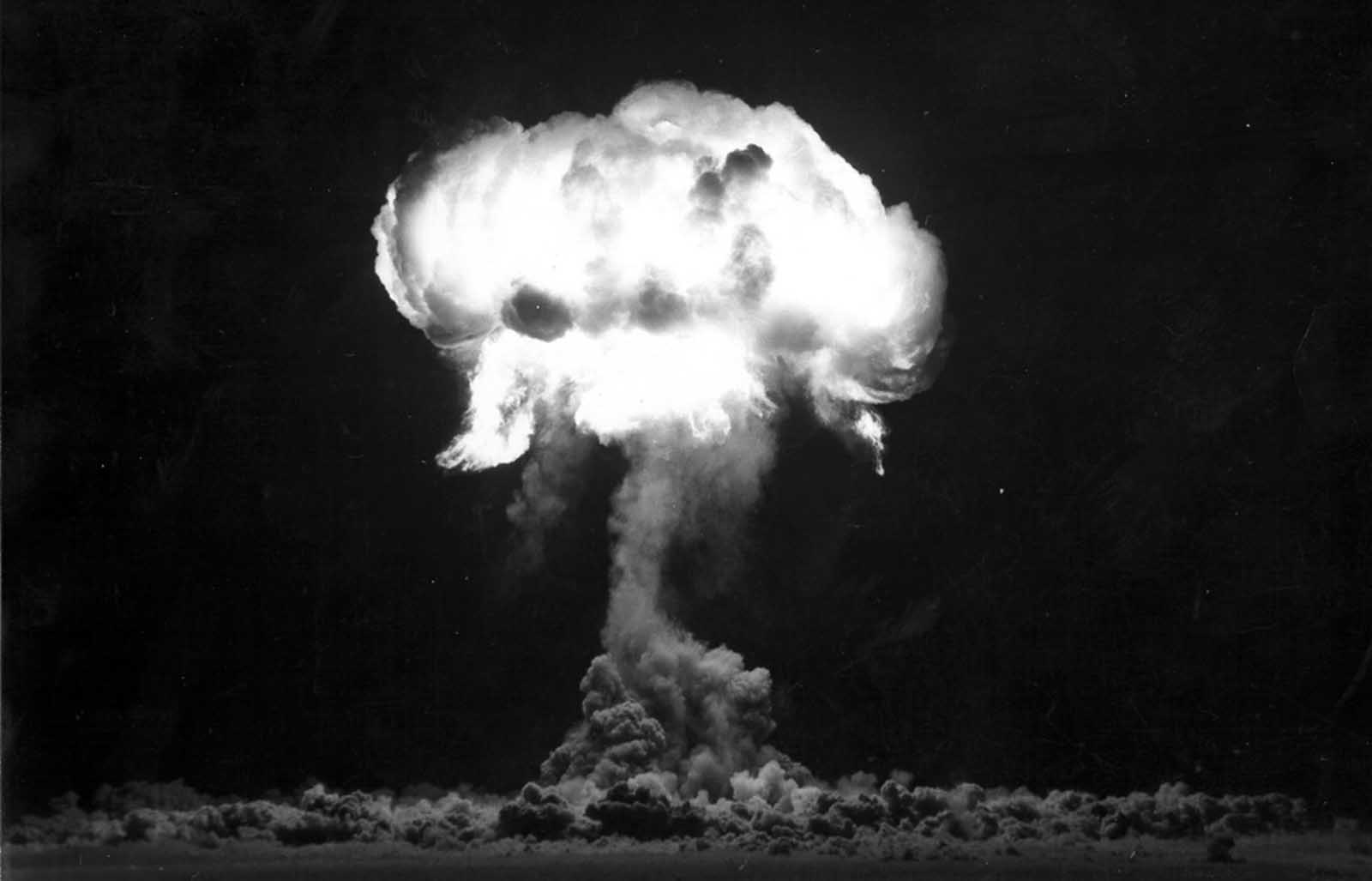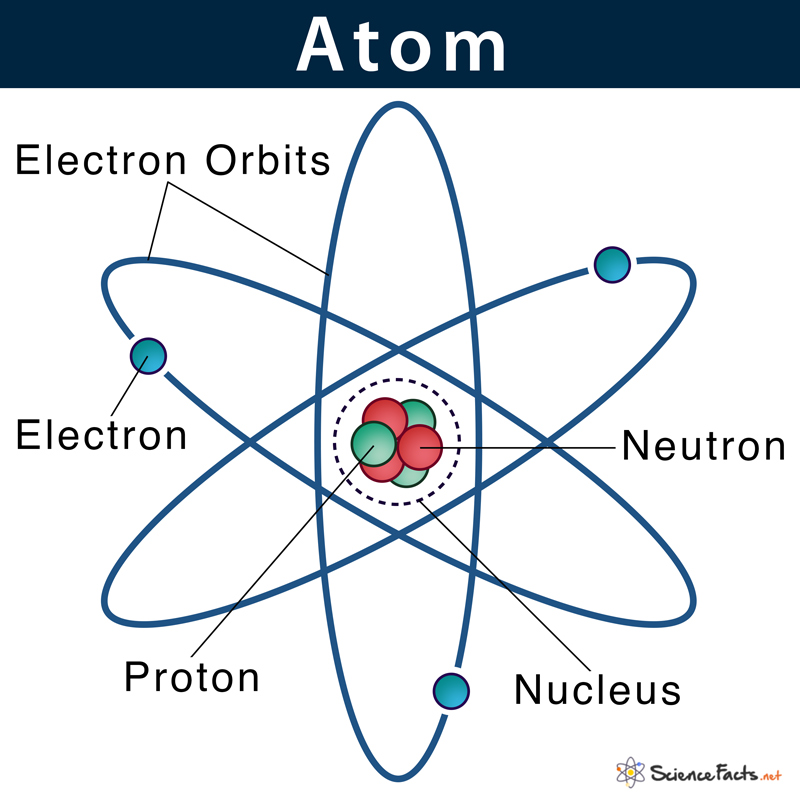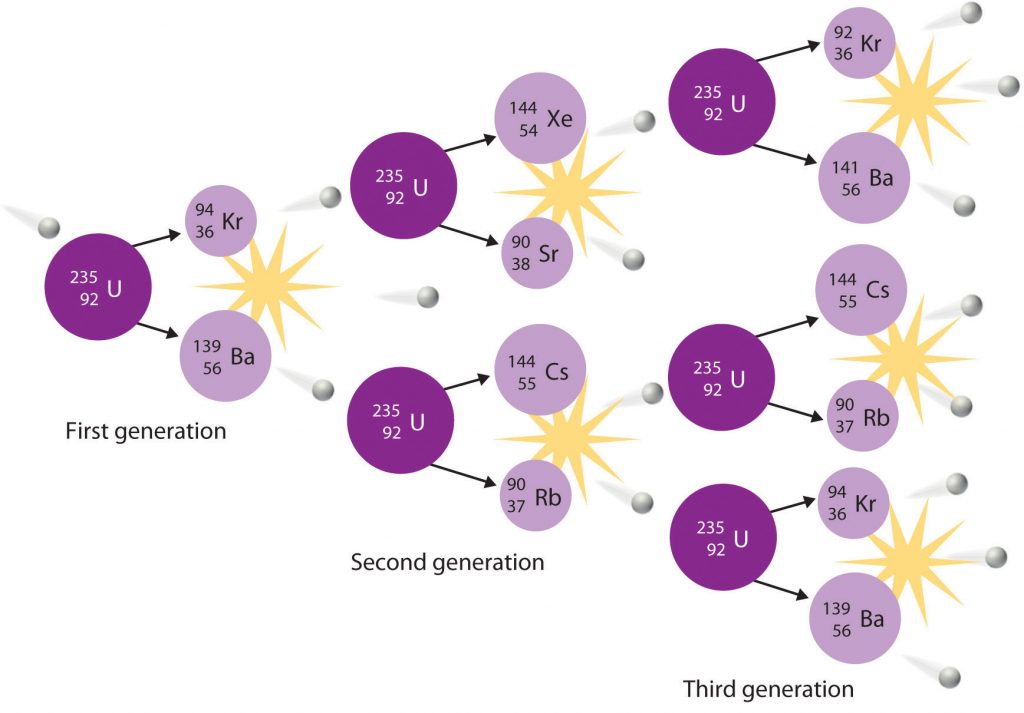It doesn’t really take study foundation in science in Ireland to know that the science behind an atomic bomb is what makes it so powerful as the destructor of human civilization. Although only two bombs were used in war history, and only at the end of World War 2, the fear of nuclear annihilation still exists.
You may be curious as to how a nuclear bomb exactly works. What triggers the explosion and its devastating effects? What is inside the monster of a radioactive firework?
The Atom
Every matter is made up of atoms. An atom is, as you may know it, composed of the trio subatomic particles: electrons, protons and neutrons.
Acting as the atom’s core and the source of nuclear energy is the nucleus, which is made up of protons and neutrons, and surrounded by electrons. Protons are positively charged, electrons are negative and neutrons yield no charge at all.
The exact amount of protons is the identifier of what element it is, while neutron numbers vary. Change the number of protons and you end up with a different element. In the neutrons’ case, you will get an isotope. If an isotope has too many neutrons, it will be unstable, also known as a fissile. One more neutron is enough to trigger an explosive energy after neutrons break.
Some elements with fissile isotopes include uranium, plutonium and neptunium.
When nuclear energy is released, they do this in two ways: nuclear fission or nuclear fusion. Both release large amounts of heat energy and radiation.
Nuclear fission
Fission is what happens when the nucleus of an atom is split. This can be done by firing a neutron into the nucleus of a heavy atom, which after the split, will release energy and neutrons. Leftover products including the zirconium and xenon stabilize and begin to decay radioactively. Meanwhile, the released neutrons restart the process like the catalyst with other heavier atoms, eventually creating a chain reaction.
Uranium or plutonium are usually involved in the nuclear fission method. In an atomic fission bomb, a sphere of uranium-235 is built around a neutron generator, which introduces free neutrons into a supercritical mass inside the bomb to trigger the reaction. A critical mass is the minimum mass needed by the fissionable material to create said reaction.
A small bullet of the uranium-235 is removed and placed at the one end of a tube with explosives behind it. When a fission bomb denotes, the bullet is launched by the explosive like a gun and meet with the subcritical mass, triggering the nuclear explosion.
Plutonium-239 can also be used and is considered as an alternative to uranium as its fission properties are similar. Because there isn’t enough raw material in nature, it must be produced in nuclear reactors.
Nuclear fusion
The opposite of a nuclear fission. Rather than breaking up heavy atoms, lightweight variants are fused together to produce large amounts of energy and trigger the explosion. A fusion between two nucleuses brings intense heat and pressure, followed by an unstable helium isotope.
When the nucleus stabilizes into a standard form of helium, a neutron is also released beside the energy. This neutron fuels the fission reactions of other heavier atoms, thus finally creating a chain reaction.
Also known as a hydrogen or thermonuclear bomb, this type of bomb is more efficient than fission bombs. The Tsar Bomba was a known example of such a weapon, wielding 51000 kilotons of TNT and reaching a blast radius of 60 kilometers.





Recent Comments